*Since social systems are open systems, they follow the unseen rules governing systems. They aren’t exceptions to those rules! That’s important since these unseen rules create unseen factors. Something doesn’t have to be seen to be crucial. These factors related to stability and negentropy are like countless roots intertwined in everything about the social systems we live within.
Follow-up notice: Don’t worry too much about getting the terms right. They are just there because some people learning this may want to learn it, terms and all. The examples are there for you to follow along either way, and they have both visual aids and familiar examples of whatever I describe.
System Relationships
Supersystems and subsystems come into play in social systems in fascinating ways in regard to their relationships.
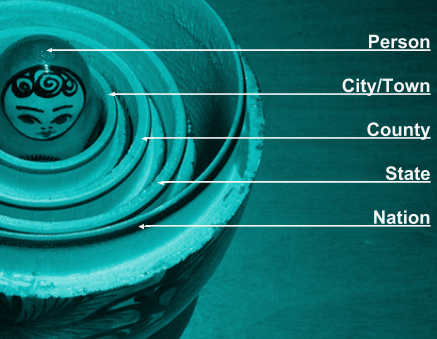
Any person can be a part of multiple systems within a massive supersystem. There are often many sets of nested dolls inside of each doll, (as is illustrated below). Some systems may be harder to suss out, but because systems must be maintained, each system carries unique responsibilities. Those, in turn, affect the behavior of people. But because social systems are massive, there are more supersystems with supersystems in them.
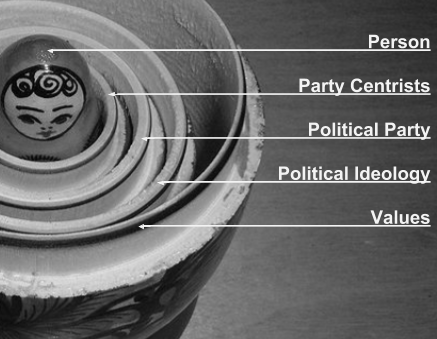
Within a government system, for instance, a person can also be a part of multiple systems stemming from a value system.
But it gets far more complicated than that. A lot of major social systems have many more than one parent system. Sometimes a complete nesting model works for showing system relationships, but a closer look at surroundings and boundaries will help explain why a complete nesting model has key limitations.
Boundaries and Surroundings in Social Systems
Open systems exist within their surroundings, and their operations involve input and output.
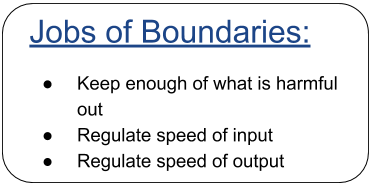
.
The way that systems survive within their surroundings is that they maintain sets of boundaries in order to stay stable and maintain the flow of resources needed for function. The boundaries protect, stabilize and help the system refine its operations.
Salvador Minuchin is particularly known for his work in family systems in managing boundaries and avoiding depletion. One of his contributions was the concept of Enmeshment. Enmeshment occurs when systems are at the same level yet there’s no clear boundary separating where one begins and ends, thus blurring what belongs to each system. A major focus Minuchin zeroes in on is whether there were clear boundaries marking the difference between each of the members of the family.
Let’s tie that into the three jobs of which we just covered boundaries having:
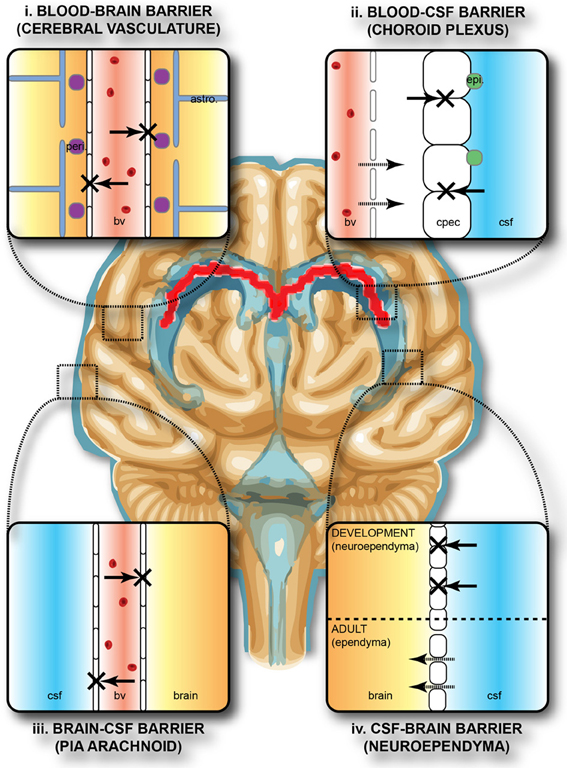
Keeping enough of what’s harmful out
The surroundings have harmful elements that can damage the system. In the human body, the blood-brain barrier protects the brain but also makes for a medical treatment challenge when it comes to getting drugs to the brain.
However, not everything needs to be kept out: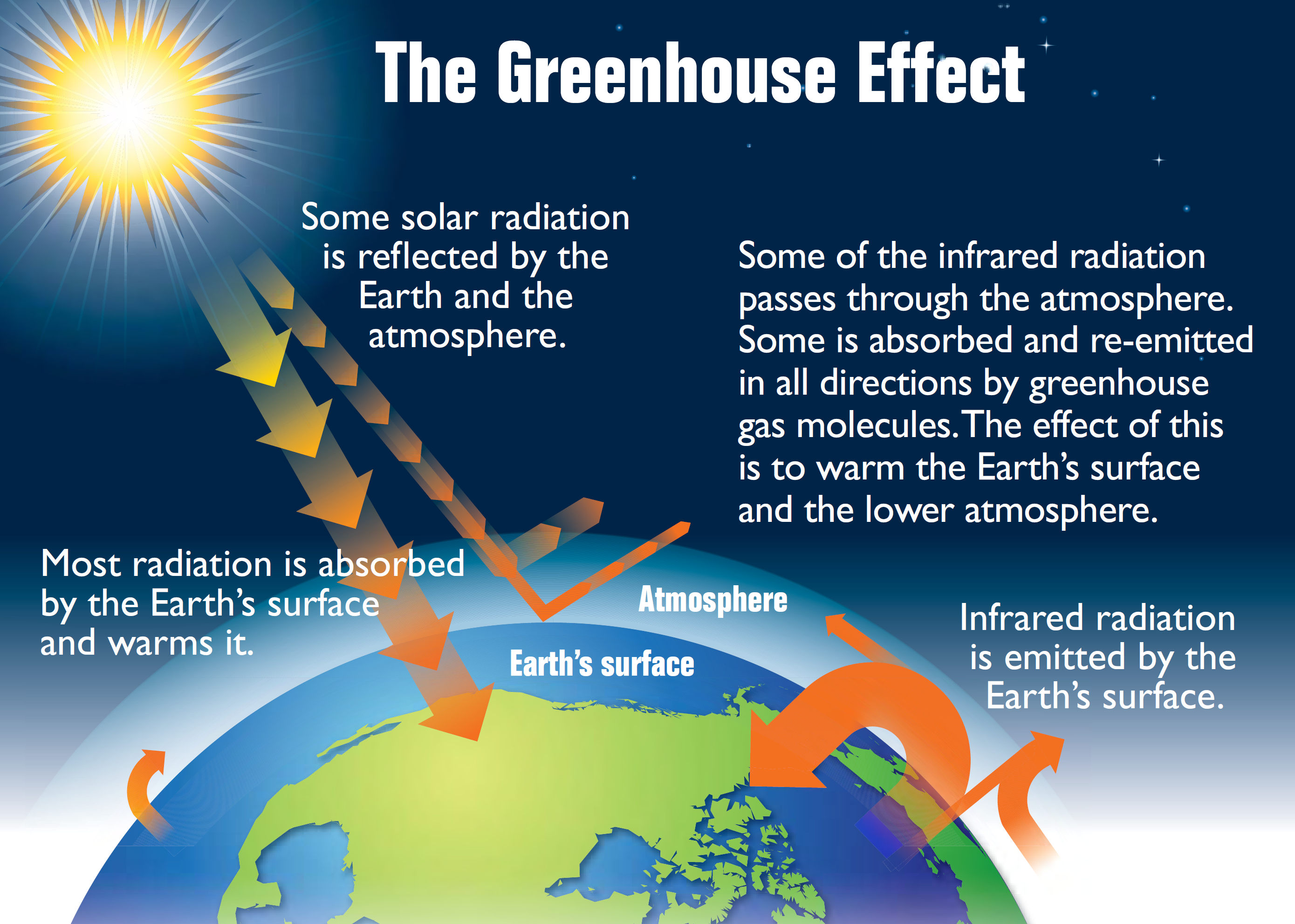
Regulate speed of input and output
Even too much of needed elements or resources can overload the system. How the atmosphere regulates the flow of solar radiation is an example of overload prevention.
So our blood-brain barrier helps show how some things can be blocked entirely by boundaries and our atmosphere helps us see how boundaries control flow by how permeable they are.
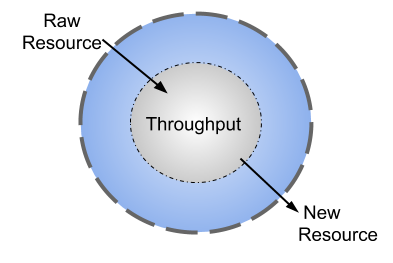
Throughput
Everything that happens as a resource moves from entry to exit is called throughput. This often includes what happens as subsystems process whatever is coming in and use it as a sort of raw material to make something else.
Permeability
Permeability controls throughput at entry and exit. And when systems exchange resources, each system involved has its own permeability at input and output. The flow of resources from one system depends on boundaries from the system from which it draws. We are going to focus on a boundary, but remember each boundary is one of many. Boundaries are a type of filter. But knowing it is a filter still doesn’t explain how the filtering works.


Let’s use the analogy that boundaries are a gate that opens or shuts under specific conditions to better understand the interactive relationships of boundaries in systems and degrees of permeability. And let’s focus attention to the topmost gate, (RG1).
Look at the conditions under which RG1 is open, and closed. Although it opens for resource 1, it only opens for resource 1 under those conditions.
Now let’s take the throughput example above and translate that into an actual resource:
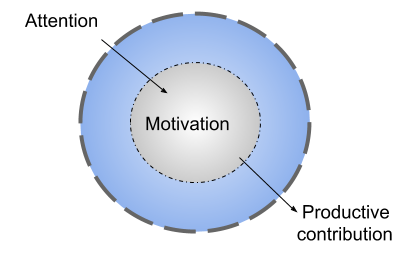
Being watched can make either individuals or a team more motivated. Not being watched enough can lower motivation. Too much attention has unwanted side effects though.
Permeability Types
Minuchin, who was introduced earlier, is most famous for his different categorical types of permeability. These types have been adopted within work in family systems, but have universal applicability to exploring systems. Cut-off concerns no permeability for whatever the boundary prevents, while the other three types concern degree of permeability.
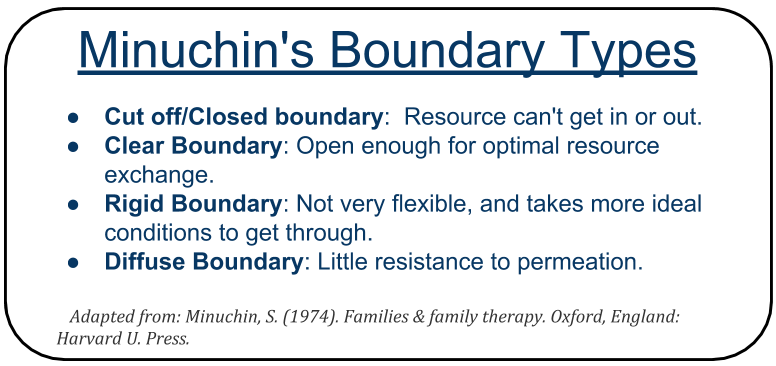
Let’s make RG1 even more specific now and use it in a different way. Our system for this exercise will be a couple named Jane and John Doe. We don’t need anything for cut-off or closed boundaries, because they don’t allow flow. But for those that are permeable, let’s see the extreme differences where they are too restrictive or too unrestrictive.
The Clear Boundary
Before we highlight some of the extremes, let’s begin with the boundary type Minuchin identifies as the healthiest.

The conditions leave a lot of room open, but not so open that they can overtax Jane. When severely busy, it’s important Jane not stop for a hug, or stop focusing on a really vital task in order to take in John’s positive attention. It’s reasonable that severe anger or irritation can dampen the reception of positive attention. But if Jane is just very busy, there are unique times when positive attention may still need to be received. Clear boundaries have flexibility for unique exceptions and they reflect that there are times when Jane’s healthy functioning means reasonable limits for being open to attention from John.
Now with the clear boundary as the starting point, we can look at what kinds of extremes the same boundaries become when the same boundary is diffuse or rigid.
The Rigid Boundary
For a resource to make it through rigid boundaries, the resource has to meet a lot more restrictive conditions. 
It is far more difficult for John Doe to deliver positive attention through a rigid boundary. In the book Anne of Green Gables, for instance, Anne was unable to access the resource of trust when accused of being responsible for a missing brooch. Because she couldn’t access that resource, she felt she had to concoct a story about losing the brooch. But unlike cut off boundaries, where Marilla would not trust her about anything, Anne knows she can access trust within a more restrictive set of conditions to which “I don’t know where your brooch is” would not pass muster.
The Diffuse Boundary

Diffuse boundaries are the opposite of rigid. In this case, Jane is open too much and that puts her at enmeshment regarding positive attention. There are still conditions for non-permeability, but those are extreme. Just like too restrictive rigid boundaries are overtaxing on a system, so are weak or unreliable diffuse boundaries.
What further complicates exploring boundaries is that system boundaries are constantly wobbling moving from more rigid to more clear, and from more clear to diffuse or rigid or from diffuse to more clear.
The Effect of the Wobble
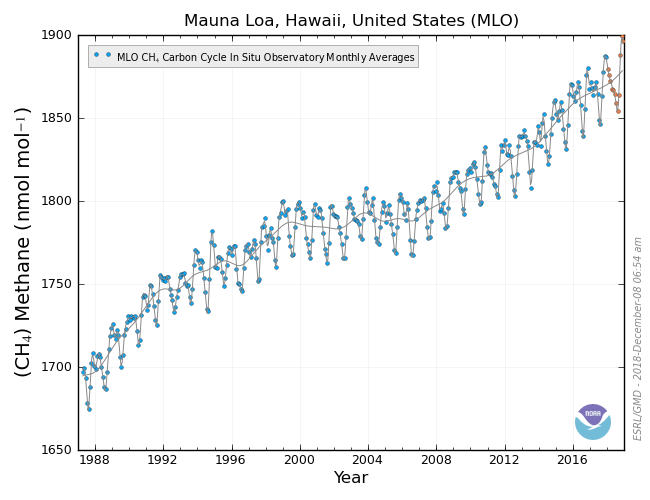 In the earlier post, where we also used a volcano example, part of what we explored was how system boundaries wobble. The NOAA readings on the left help illustrate how just one boundary, that of methane concentrations has a pretty substantial wobble for Mauna Loa, even as it proceeds over time on an upward trend.
In the earlier post, where we also used a volcano example, part of what we explored was how system boundaries wobble. The NOAA readings on the left help illustrate how just one boundary, that of methane concentrations has a pretty substantial wobble for Mauna Loa, even as it proceeds over time on an upward trend.
As we apply this principle to social systems, remember that social systems are supersystems. Each of these supersystems has systems inside and each of those boundaries for those systems is also wobbling over time at each boundary, between being more and less restrictive. And every part doing that is at a different point in their pendulum swing. So that means if we randomly pick people out of the larger system, we could end up with people that are nothing alike because of belonging to different systems at different boundaries, even if the system at large is trending in a way that makes both picks to be outliers.
Enmeshment-dependent Systems
Because systems are permeable, and because they wobble, parts of the system are often operating outside of their boundaries. This makes for interesting combinations that form in the space between systems and their boundaries. This also makes for multiple parent systems, and there’s a good chance each of those systems will impact the system in ways that the dominant sources will not. Sometimes when you are looking at nesting relationship, these systems look like something cobbled together for a film about a post-apocalyptic dystopia.

In the earlier example to the left, we used a party centrist who fit neatly into being nested as part of a particular party and ideology and value-set. But some members of the party are outliers from different systems.
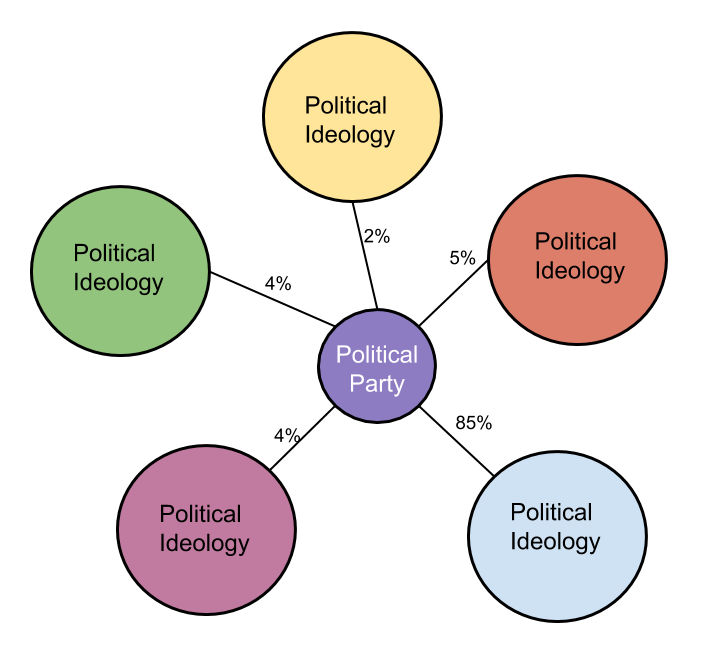
So that creates scenarios such as where 85% of a system (like that of the political party in this example) can come from one system of values, while the remaining 15% can come from a whole lot of parallel value systems. As each parent system wobbles at its boundaries along the range of rigid to diffuse this may create tensions as different members of this party may also move closer or further from the rest of their party.
In other words, parent systems such as value systems, output a certain percentage of resources that then compose the whole of the system, such as the political party in this example. Instead of one parent that the political party/social subsystem rests within, the subsystem can have a whole lot of parents.
Creating Change For the Better
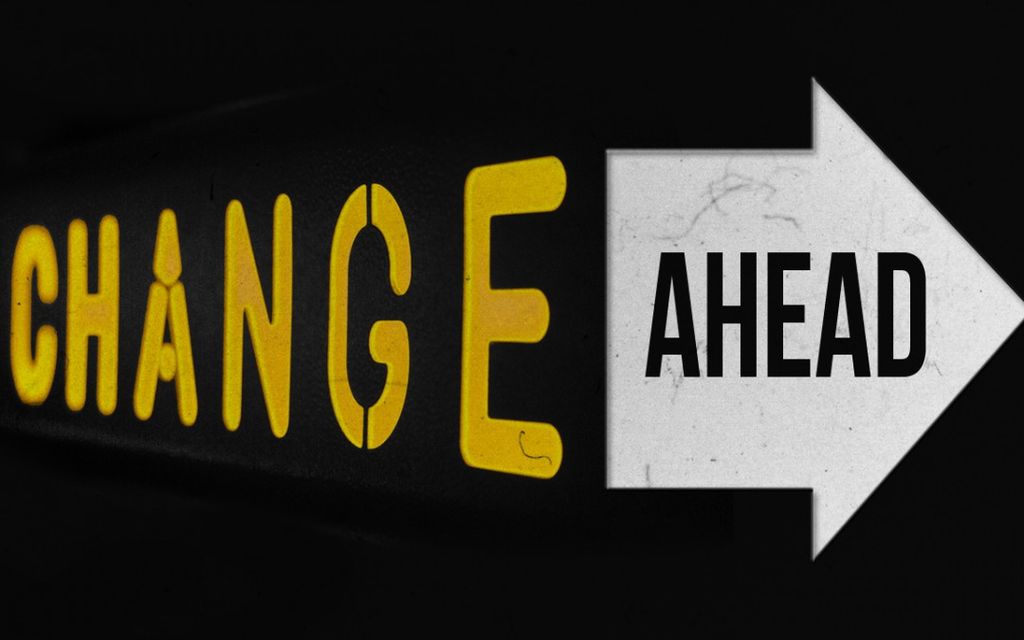 Many of the key systems in our social system are enmeshment-dependent. When we think about change for the better in a social system, we have to recognize that unless we are late adopters of that change, what we are trying to do is destructive and infiltrative. It is like beating an AI at a game on a high difficulty level. As far as change is concerned, you are infiltrating from another system. It’s not just people’s personal preferences, or love of advantage holding back change for the better. This fundamental nature of systems makes it so it’s as if the system is and has always been designed to stop you. That doesn’t mean it will stop you either and it isn’t a reason to give up.
Many of the key systems in our social system are enmeshment-dependent. When we think about change for the better in a social system, we have to recognize that unless we are late adopters of that change, what we are trying to do is destructive and infiltrative. It is like beating an AI at a game on a high difficulty level. As far as change is concerned, you are infiltrating from another system. It’s not just people’s personal preferences, or love of advantage holding back change for the better. This fundamental nature of systems makes it so it’s as if the system is and has always been designed to stop you. That doesn’t mean it will stop you either and it isn’t a reason to give up.
It’s easier for some systems to see that than others. The rigidity with which a system reinforces a boundary will make it more or less difficult to change. This makes it vital for being attuned to where equilibrium and rigidity are at for the key systems composing the enmeshment-dependent system. Where equilibrium is at for each system will change what appears “obvious” for each system. When members of one system collectively adopt drastic change and argue it is necessary for the entire supersystem, the other systems may be too far removed from awareness of the variables involved, and more rigid as a result. In our society, many seeking to change things for the better operate without enough awareness that they are a destructive element and without enough awareness of the natural defenses of the target systems.
Tying It Together
Last time, we focused a lot on how the rules that govern systems concern how systems must operate in order to survive entropy. We covered that they must be both incredibly resistant to change, and self-restoring in to survive the damage they experience. In this post, we learned more about boundaries and their wobble and how they create very dynamic enmeshment-dependent social systems. We also introduced approaching social change with a systems science lens. In the next post, we are going to focus more specifically on how to draw from systems science in order to make social change, while avoiding getting taken out by the natural defenses of the systems we seek to infiltrate with that change.
Further Resources
Some of what is in this resource list is also found here, in the first entry in this series. Other resources will help you connect the dots to discovering that there are enmeshment-dependent systems and the implications of that.
Social-Systems Specific:
APA article noting the centrality of Systems Science to the study of human behavior in couple and family psychology.
A useful article with some great overview material about family systems, including Minuchin’s boundaries.
The section on boundaries from Minuchin’s definitive work “Families and Family Therapy”.
Multidisciplinary Resources:
American Association for the Advancement of Science Science Literacy Benchmark for Systems Science for Grades 9-12.
Plengdut.com gives a great example of “the wobble” as it describes Systems Science for earth science.
Scientific American’s fantastic article on homeostasis and the wobbly nature of open systems.
Author: John Kelly
This is entry 2 in our “Systems Science and Receptive Skepticism” series. Make sure to visit Entry 1 for more info and resources on the fundamentals of systems science. Also, bear with us on the technical difficulty of comments not being open. Hopefully, I can get to the bottom of that soon.
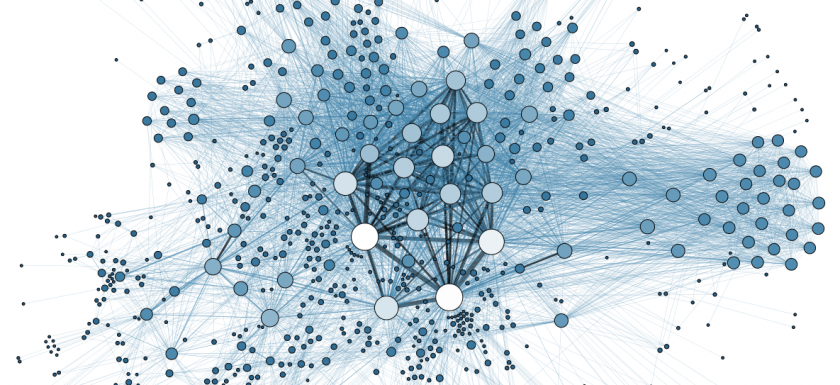
1 Comment